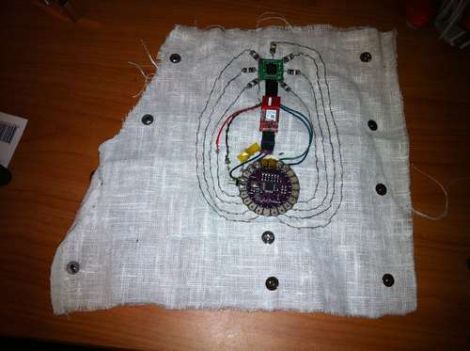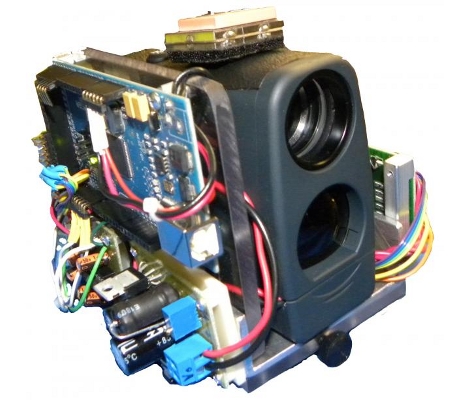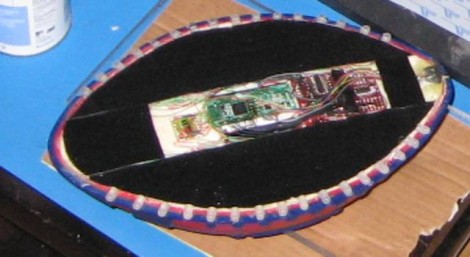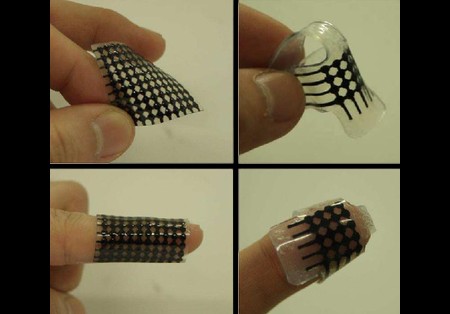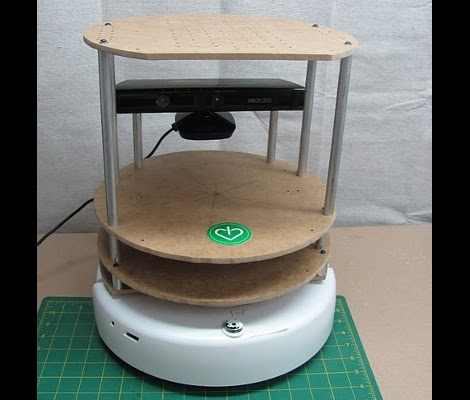
We usually avoid the prospect of buying new tools just for one project. In the long run we’re sure we’d use them again, but sometimes even with that outlook you can’t afford it. Case in point is our life-long-lust for a laser cutter; we just can’t justify the upfront cost but we sure would use it constantly if we had one.
If you do find that you’re interested in taking on a project that calls for laser cut parts, [I Heart Robotics] shows you how to do it with a few simple hand tools. The bot seen above is their TurtleBot. You can cut your own parts using a laser cutter, you can buy a kit from them, or you can bust out a ruler, compass, drill, coping saw, printer, and tape to make the pieces by hand.
It’s a simple enough concept. Print out the templates, tape them to your hard board, then start drilling and sawing. You won’t get the precision a machine tool can, but in some cases you don’t need to be all that perfect.
[via Adafruit]

